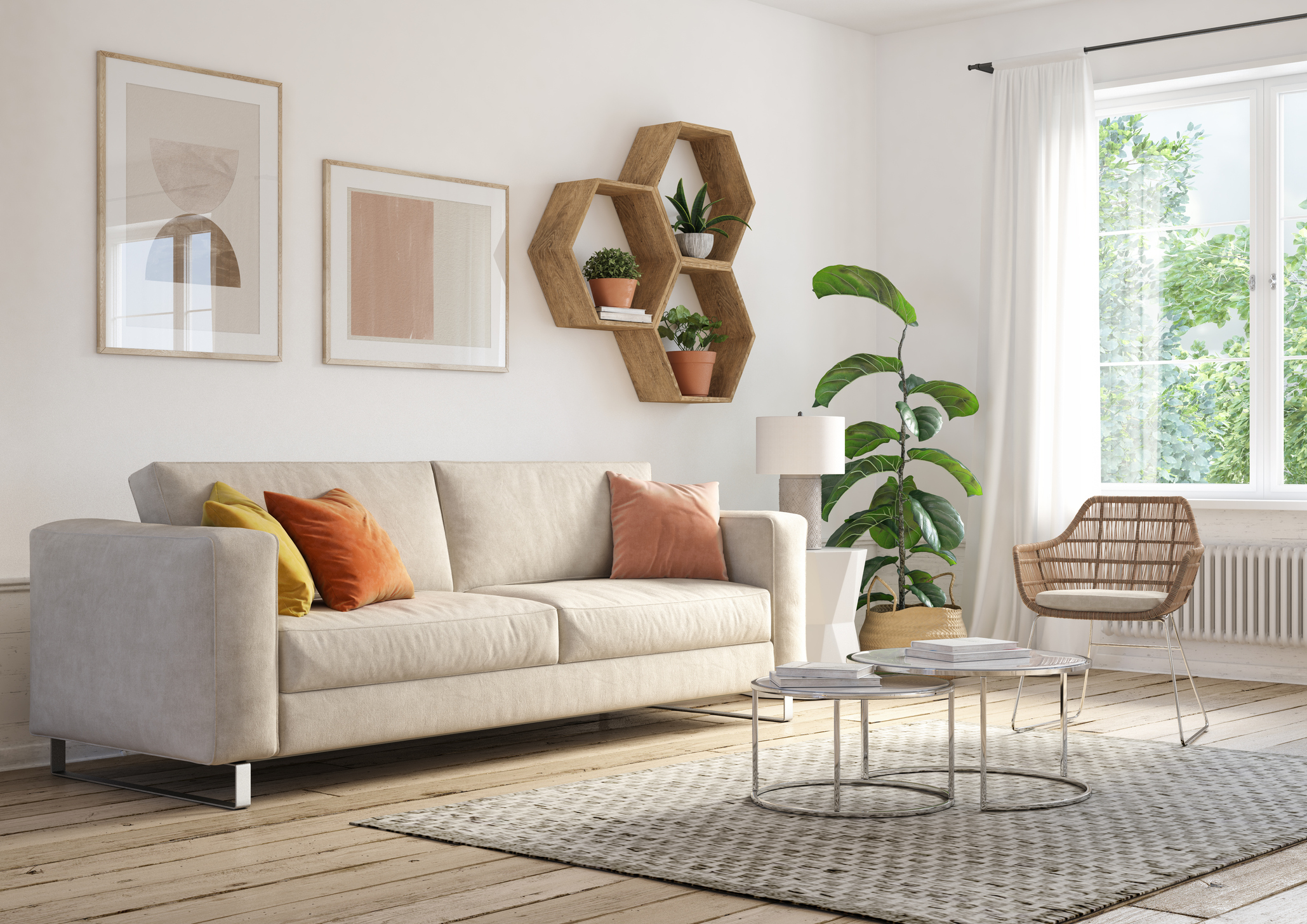Toss a soft ball up into the air and you’ll see it falling down…that’s gravity.
Stick a metal object into an electric outlet and you’ll be toasted…that’s electric shock.
From the foundations of space-time to the discovery of vaccines and the capacities of neuroimaging, the discoveries of science have made all mystical stories irrelevant, converging believers into intellectually evolved people. Science has delivered so much to the world that now people turn to it for answers about a lot of things.
But, can science explain your instantly-lifted mood when you walk through a beautifully decorated home? Can it explain how the mere sight of a flawlessly furnished interior space fills you with so much joy? And, what about the impact that a smart home design has on you?
Understanding How We Experience Home Décor

In Environmental Interiors, three talented professors explain how human beings experience their environments in five different ways:
- Through the five different senses, i.e., sight, hearing, smell, touch and taste
- Through time and movement through space
- Through imagination, reasoning, memory or thought
- Through emotions – be it pleasant or unpleasant
- Through expectation or anticipation
Many of these are interconnected and it’s actually surprising how each of these elements plays a role in home décor.
The Five Senses

This is probably the easiest way to understand the science or psychology behind interior design.
Imagine a home like this: A cozy living room with a white wool rug designed with large free-flowing geometric shapes in the center and a few patterned pillows showcased on a stylish navy sofa. A transitional bedroom design with dark wood floor and gray walls. Downlights flanked on either side of the tub in the bathroom. And, you can’t miss the happy yellows and cool blues that brighten up the cooking space.
All that to say that color schemes, patterns, spatial arrangement and patterns appeal to the eyes – the sense of sight.
Whether you are choosing scented candles or floral and fruit scents, a subtle fragrance in an interior space is quite pleasing to the nose –the sense of smell.
When we talk about completing an interior space, the secret is texture. Kilim pillows, linen bedding, tablecloths and ethnic rugs add an instant coziness while also appealing to our sense of touch.
Have you heard of music lovers expressing their passion and decorating their home spaces with musical instruments – with a drum as a pendant lamp and a guitar as a shelf? This expression of music in home décor or even the silence lingering in a modernist house appeals to the sense of hearing.
Needless to say how food and drinks make up for the sense of taste.
Time And Movement Through Space

Studies in the fields of neuroarchitecture and psychology have revealed the link between time and good interior design, exploring the various ways how contemporary, vintage or a combination of the two create a space where people live happier and healthier lives.
Humans always had a soft spot for items that have lived longer than themselves and decorating a house with antiques will never go out of style. There is great charm and beauty in the old and imperfect. In tattered covers and in the worn out. In old mason jars and in retro puffy chairs.
Embracing a vintage home décor comes from the need for a connection to the past and from our love for ancient deep backstories.
While some experience love at first sight with antique furniture, others fancy sleek and sophisticated trends of today.
A modern sofa, a toilet that flushes on its own and a chrome-plated home decked out in flawless stainless steel translate as a relaxed and comfortable space for today’s generation.
It’s not easy to understand the science behind our experience of home décor. There is no tangible scientific proof, but a mixture of intuitions and reasoning tells us that there is a meaning that explains the soft hues of our bedroom produce a calming effect. Or, why irresistible focal piece in the living room always attracts our attention. To learn more, come back for part 2!





